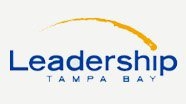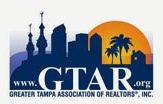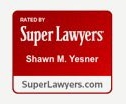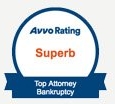Pros & Cons Of Filing Bankruptcy
One of the questions asked most often by clients relates to the pros and cons of filing bankruptcy. This question is both difficult to answer and based largely on the specific facts and circumstances of the individual considering bankruptcy as an option. Accordingly, we’ve created the following table.
Filing Bankruptcy Comparisons
Chapter 7
Pros
-
A simple uneventful case will take approximately 4-6 months from filing to discharge and close;
-
Will “strip” a wholly unsecured second mortgage (although the case allowing this is currently on appeal);
-
Typically, a debtor’s credit will recover within 2 years of the discharge;
- Most unsecured debt is eliminated (like credit cards, hospital bills, judgments, etc.);
-
Most secured debt can be eliminated (although the underlying security interest, or lien, remains);
-
House, car and other secured debts can be easily and efficiently returned to the creditor;
Cons
-
Will not save a house behind in payments or in foreclosure;
-
Any non-exempt assets will be liquidated (turned into cash) to pay unsecured creditors;
-
If the debtor owns a business, there will have to be a value assigned to that business (thus increasing the value of the debtor’s assets);
-
If the debtor receives an inheritance within 6 months of filing, it becomes property of the bankruptcy estate;
-
Personal injury and other types of lawsuit settlements become property of the bankruptcy estate;
-
Income Tax Refunds possibly are property of the bankruptcy estate;
-
Will not eliminate post-filing Homeowner or Condo Association payments;
-
Certain unsecured debts are non-dischargeable (Taxes, Alimony, Child Support,Student Loans, etc.)
Chapter 13
Pros
-
Will save a house behind in payments, if the payments are affordable;
-
Will “strip” a wholly unsecured second mortgage;
-
Will allow repayment of non-dischargeable unsecured debts (Taxes, Alimony, Child Support, etc.) over the life of the plan;
-
Debtor can keep non-exempt assets (but may have to pay more in monthly payments to keep those assets);
-
Most unsecured debt is eliminated (like credit cards, hospital bills, judgments, etc.);
-
Most secured debt can be eliminated (although the underlying security interest, or lien, remains);
-
Mortgage modification through mediation has a much higher success rate than in State Court;
-
Plan payments are somewhat flexible given the debtor’s change(s) in income or circumstances;
Cons
-
Plan is 3 – 5 years long;
-
Credit will start to recover 2 years after the 3 – 5 year plan completed (5 – 7 years recovery on credit);
-
Payments may be more than are affordable based on budget or non-exempt assets;
-
Payments may be inflexible despite the debtor’s change(s) in income or circumstances;
-
If the debtor owns a business, there will have to be a value assigned to that business (thus increasing the value of the debtor’s assets);
-
If the debtor receives an inheritance within 6 months of filing, it becomes property of the bankruptcy estate;
-
Personal injury and other types of lawsuit settlements become property of the bankruptcy estate;
-
Income Tax Refunds possibly are property of the bankruptcy estate;
-
Will not eliminate post-filing Homeowner or Condo Association payments;









